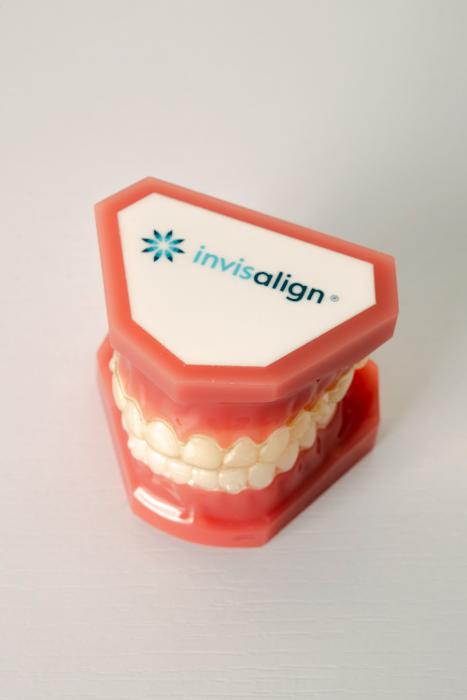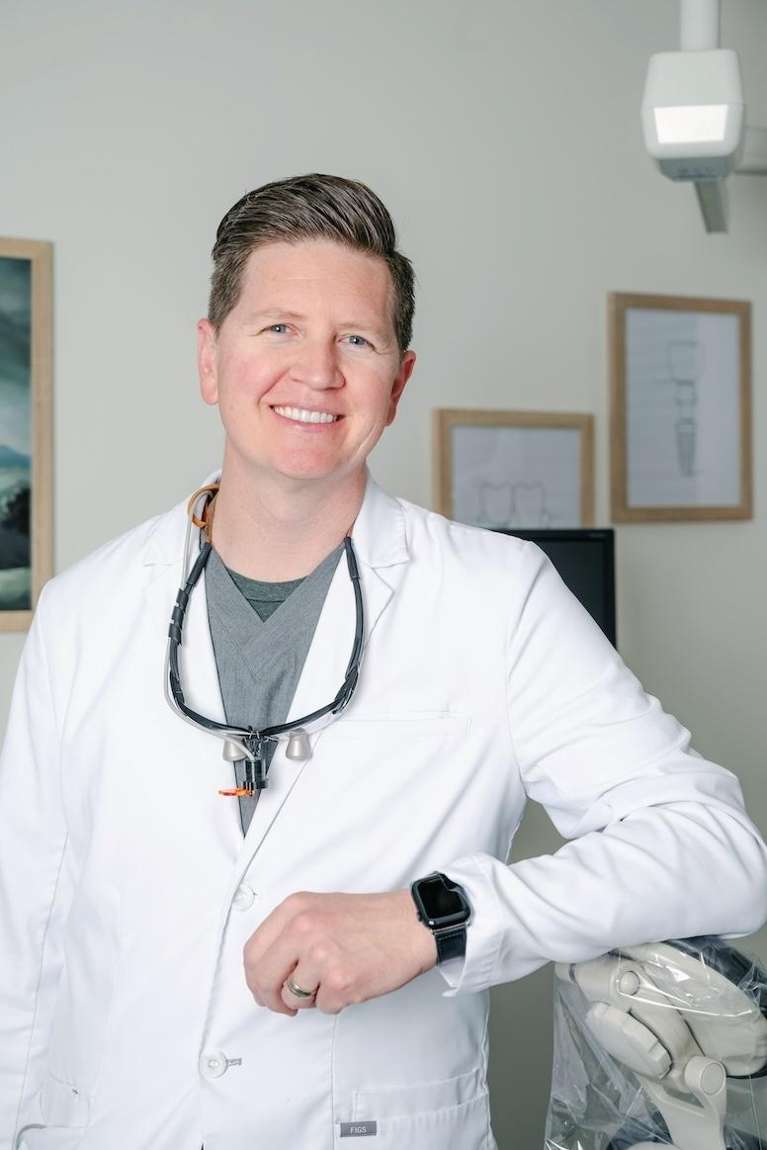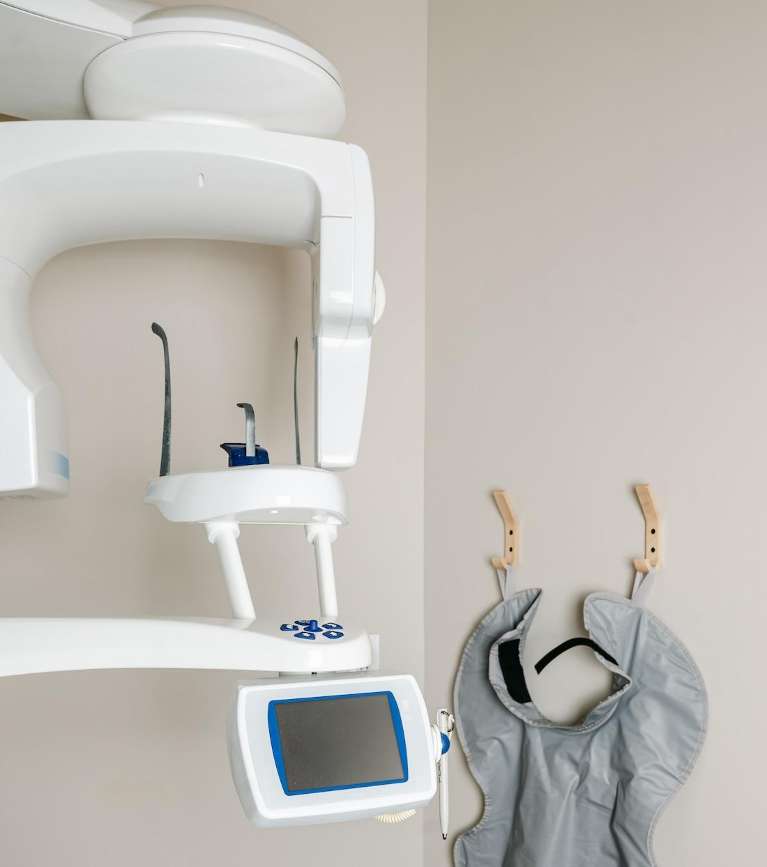
Invisalign® Clear Aligners
Invisalign® is an orthodontic treatment system that gives you beautiful, straight teeth without traditional metal braces.
Instead, we use clear plastic aligners to move your teeth into the correct alignment gradually. Invisalign addresses many of the same alignment problems as traditional braces, from crooked teeth to dental bite issues.
You should wear your aligners at night and throughout the day, removing them only for meals and brushing and flossing. They are virtually invisible, and most people will never know that you are wearing them.
Invisalign is available for both teenagers and adults. Average treatment times are 12 to 18 months, but everyone starts with different needs, so your treatment time may be longer or shorter. Our dentist will work with you to create your customized plan and keep you informed of your progress.
Why Choose Invisalign?
Invisalign has numerous advantages over traditional braces:
- Traditional braces require appointments to tighten the wires and check the condition of the braces. With Invisalign, you just switch to the next set of aligners in the order of treatment laid out by your dentist.
- Braces can leave permanent marks on your teeth, and even with good oral hygiene, plaque can develop around brackets and damage tooth enamel.
- Unlike traditional braces, Invisalign allows you to eat any foods you want without restrictions.
- The wires of traditional braces can poke at your mouth and cause pain and even injury. A broken wire often means an additional visit to your dentist or orthodontist.
Who Is a Candidate for Invisalign?
Are you concerned about crooked teeth? Do you have a prominent overbite or underbite?
Invisalign can treat these common problems and many others, including:
- Protruding teeth
- Wide gaps
- Uneven spacing
- Crowding
- Overbite
- Crossbite
Caring for Invisalign
It is easy to practice good oral hygiene habits during Invisalign. Remove the aligners and brush and floss your teeth as usual. Brush your aligners and rinse with warm water or use the Invisalign cleaning kit to keep your aligners in good shape and free from bacteria.
Never use hot water to rinse or clean your aligners, as it can warp the plastic. You should also call our office if you crack or damage your aligner in any other way. A cracked aligner will not correctly move your teeth and impede your progress.
You should always brush your teeth following a meal and before placing your aligners back in your mouth. If you don't brush, bacteria become trapped against your teeth, and your aligners can become stained or damaged.
Please contact our office to find out more information. We are happy to schedule a consultation appointment to find out whether Invisalign is a good option for you.
Frequently Asked Questions
Invisalign is a great option for both adults and teenagers. In fact, Invisalign has a product created specifically for teenagers – Invisalign Teen. If your teenager needs to have crooked teeth or other dental flaws corrected, call our office and schedule an appointment to discuss Invisalign Teen.
OUR TEAM

Dr. Loveland
Dr. Daniel Loveland brings a unique combination of scientific expertise and personal understanding to his dental practice. His comprehensive educational background includes a Bachelor of Science in Neuroscience from Brigham ...
Invisalign® Clear Aligners Technology

Panoramic X-Rays
Individual x-rays are beneficial for identifying decay, infection, and many other dental conditions. Having a full-picture view is often helpful, and that’s where panoramic x-rays come in handy. Panoramic x-rays take a full-picture view of the teeth, bone, jaw joints, and other biological landmarks. These types of x-rays are helpful in planning oral surgeries, such as extractions and dental implant placement, as well as identifying tumors, cysts, and jaw joint problems.
